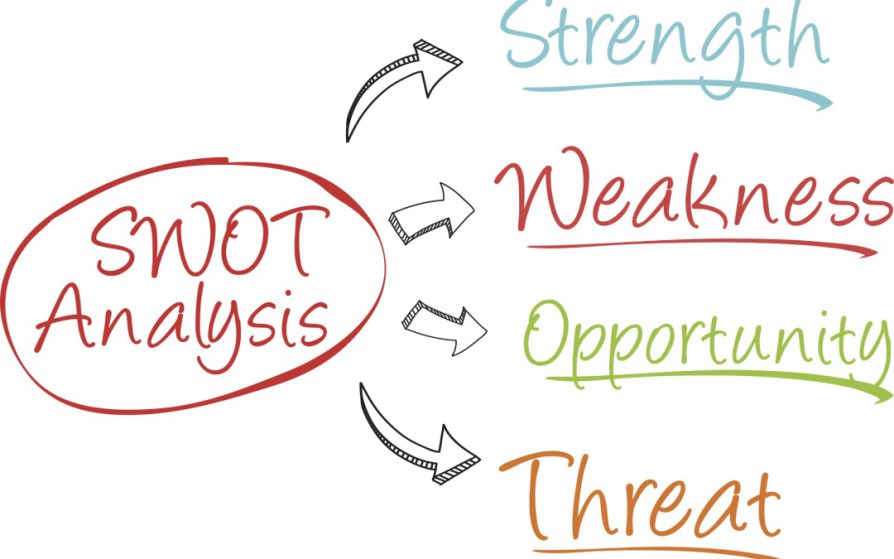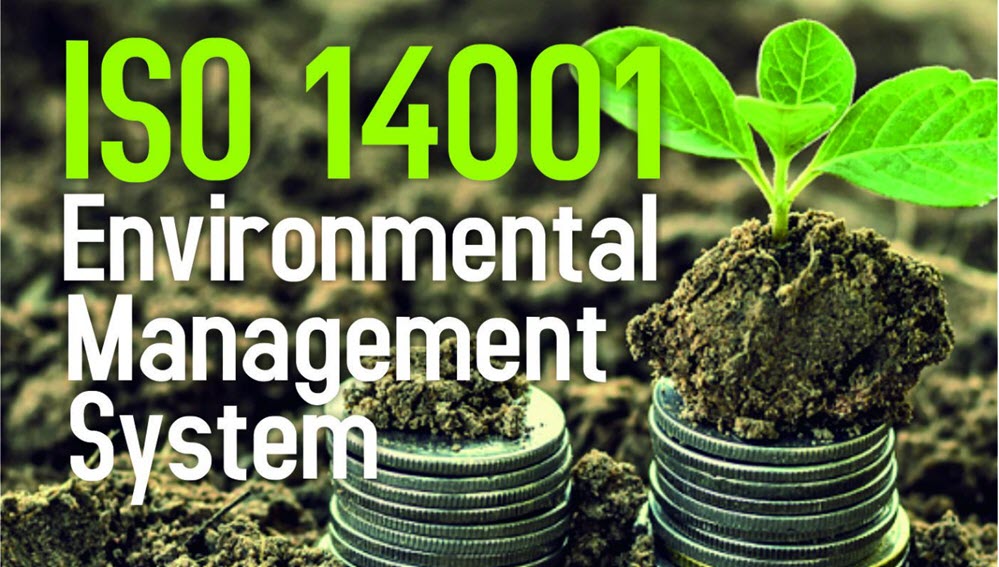In ISO 9001 a new requirement is context of the organisation which mentions that an organisation should reflect on both the internal and external issues that can affect the strategic objectives of an entity and the planning of the QMS. The Clause 4 of ISO 9001:2015 Context of the organisation necessitates the business entities to assess themselves and their context. It leads to some important considerations that we need to define for the impacts of different factors on the organisation and their effect on the QMS, organisation’s culture, objectives, plans, complication of products, course of processes and information, company volume, markets, clients, and so on. It is an important source to identify risks and opportunities about the business context.
Utilizing SWOT Analysis
It is clear that the latest versions of the ISO standards necessitate organisations to carry out a comprehensive evaluation of the present context of the organisation. The SWOT analysis is an extremely effective business tool that is commonly used for its productive outcomes. It has been widely utilized by quality managers for improvement and development purposes. The SWOT analysis has been proven and considered as an outstanding tool for business entities over a long period of time and helps them in reducing their weaknesses, concentrate on their strengths and make the best out of favourable opportunities. The majority of people apply the approach of beginning from the inside out. For applying this technique the starting point is to look at the inside of the organisation, and identifying their strengths and weaknesses. After understanding them they can explore the external factors like opportunities and threats.
Strengths and Weaknesses
In terms of internally in the organization, it helps in understanding our internal issues regarding business at the micro-level. We need to be aware of its strengths and weaknesses and be competent enough to spot significant opportunities and threats. We must observe all elements during classifying the strengths and weaknesses that are related to the inner environment of the business. For this purpose it is best to seek reasons why the business is doing better as compared to its competitors caused by inner strengths or where the organisation is missing these strengths so improvements can be made accordingly. A number of resources can be taken into consideration such as land, equipment, brand equity, core competencies, abilities, knowledge, and intellectual property. Likewise functional areas like organisational culture, value chain activities, management, operations, marketing, finances, human resources and R&D must be considered as well.
It must be kept in mind that the ISO standards do not classify the internal issues particularly, or their checking and assessment to be documented, therefore we may not find a ‘lists of internal issues’ or records of evaluations. Nevertheless, we can get information by means of interviews with concerned top management with respect to our organisation’s context and its strategic direction, the recognized issues and circumstances, and how these can influence the planned outcomes of our management system.
Opportunities and Threats
When it comes to the external part of the organization, it means that while pinpointing the opportunities and threats with the SWOT analysis, we must explore the uncontrollable factors outside of the business entity. These outside factors can be quite extensive, for instance international aspects or local issues when it related to the local bylaws. There are a number of points that we must consider including competitors, changes in market changes like globalization, laws and regulations changes, macroeconomic changes at large scale for instance country population, demographical modifications, hot political issues.
Furthermore, there are some practices that are suggested in order to structure this technique for getting the maximum value out of the analysis. It is important to classify those factors which are related to our competitors. It is helpful for identifying whether the particular factor is our strength or weakness. For all categories we must mention 3 to 5 items that are clearly defined as it facilitates in the creation of an ideal size list. Moreover, we must not depend on opinions and look for actual facts from authentic resources or through the help of a person who can offer his/her impartial view. If an organisation wants to acquire maximum benefits from this analysis then it is imperative to rank the different factors according to their priorities and most importantly those factors must be action-oriented. By following this approach we would be able to produce an actionable plan that specifies how we can make our organisation stronger and ready for the forthcoming changes.
If you are considering to implement an ISO 9001 quality management system and isn’t sure how to approach it, then contact us for a free consultation on how we can add value to your organisation.


















